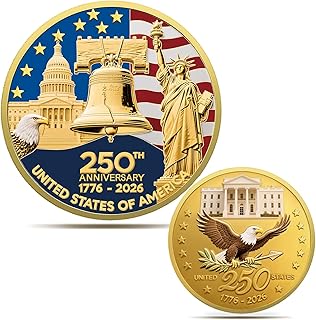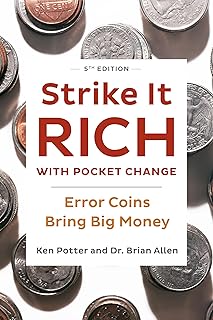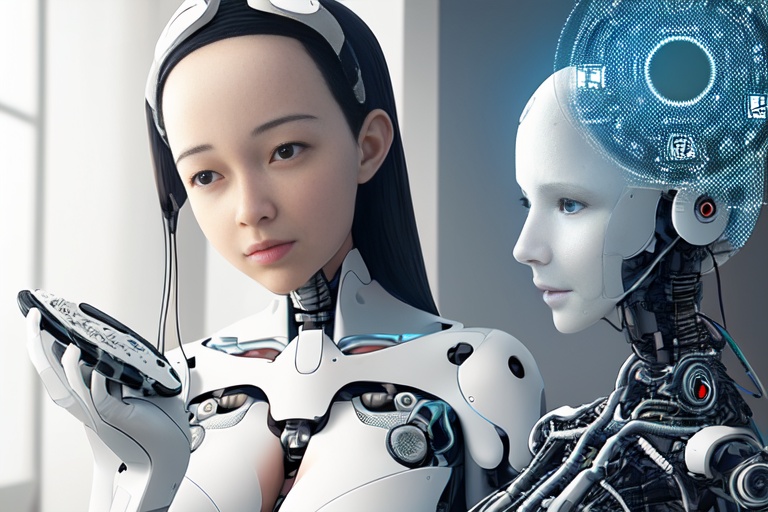The realm of artificial intelligence (AI) has expanded beyond purely analytical and technical applications, merging with human creativity to reshape the landscape of art. A forerunner in the exploration of AI's artistic potential was Harold Cohen, who delved into the symbiosis of intelligence and artistry. His book, "Intelligence and the Work of Harold Cohen," offers an intriguing glimpse into AI's influence on visual arts. Through his groundbreaking experiments, Cohen challenged the entrenched definitions of artist and artwork by demonstrating a machine's ability to craft art.
The realm of artificial intelligence (AI) has expanded beyond purely analytical and technical applications, merging with human creativity to reshape the landscape of art. A forerunner in the exploration of AI's artistic potential was Harold Cohen, who delved into the symbiosis of intelligence and artistry. His book, "Intelligence and the Work of Harold Cohen," offers an intriguing glimpse into AI's influence on visual arts. Through his groundbreaking experiments, Cohen challenged the entrenched definitions of artist and artwork by demonstrating a machine's ability to craft art.
The Emergence of AI-Generated Art
With the rapid advancements in AI and machine learning, we've gained access to sophisticated tools and algorithms capable of creating AI-generated art. One notable example is DeepDream, a program that applies neural networks to interpret and visualize images in almost dreamlike representations. These visualizations are often hauntingly reminiscent of the works of legendary artists such as Picasso, showcasing both the might and the subtlety of machine creativity.
A Leap with GANs
Another significant stride in the field of AI art is the development of Generative Adversarial Networks (GANs). GANs consist of two opposing neural network models: one designed to generate images and the other to discern whether the images are machine-generated or authentic. This rivalry fosters the creation of highly detailed and compelling images, further dissolving the line between human-made and machine-generated art.
The Impact and Applications of AI Art
The surge of AI in the art world has led to remarkable uses. It transforms everyday photographs into breathtaking compositions and pioneers new avenues for artistic invention. The advent of AI has facilitated the birth of crypto art as well, interfacing blockchain technology with digital art sales, adding an innovative layer to conversations around ownership and authenticity within the art domain.
Addressing the Concerns
Despite the exciting prospects, AI-generated art has not been met without skepticism. One of the most pressing concerns is the potential for AI to disrupt the livelihood of traditional artists, replicating their styles with minimal human oversight. Questions also arise about the genuineness and innovation of art produced by AI, interrogating the essence of human touch in artistic creation.
Collaboration, Not Competition
In response to these concerns, artists and researchers are pivoting their approach to AI as a complement rather than an adversary. Artists like Mark Milstein are leveraging AI to enrich their creative process, demonstrating that it can be an ally in pushing the envelope of what's possible in art. These collaborations pave the way for novel forms of expression and expand the frontiers of human ingenuity.
Democratizing AI Art
Platforms such as Stable Diffusion are instrumental in making AI-generated art more approachable for a broader audience. Their user-centric interfaces and intelligent design allow people of all skill levels to create art with AI, catalyzing a new era of creativity and exploration across varied demographics.
When reflecting on AI-generated art, the imperative is to maintain an open mind. Viewing AI as a vital asset, rather than a menace, allows us to utilize this technology to amplify the potential of human creativity. AI-generated art isn't about replacing human artists; it represents a new canvas that invites us to discover unexplored artistic realms and reconceptualize the limits of artistry.
As we proceed in our series, we'll investigate the ethical dimensions and the influence of AI-generated art on the art market and the broader creative community. We invite our readers to stay tuned for a deeper dive into the riveting interplay between programming, artificial intelligence, and machine learning within the vibrant world of art.
Information for this article was gathered from the following source.




